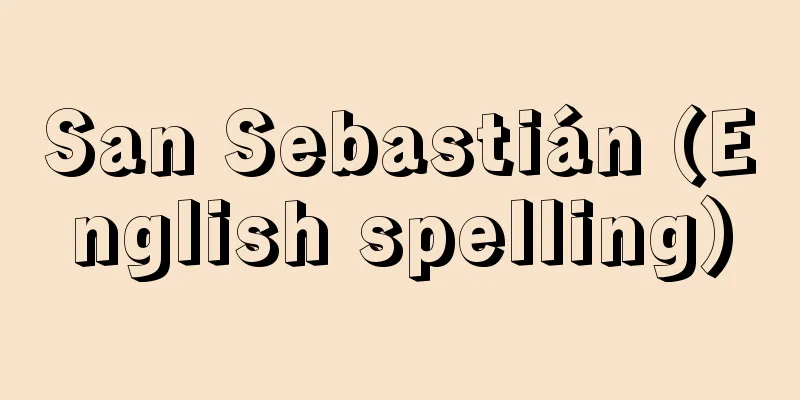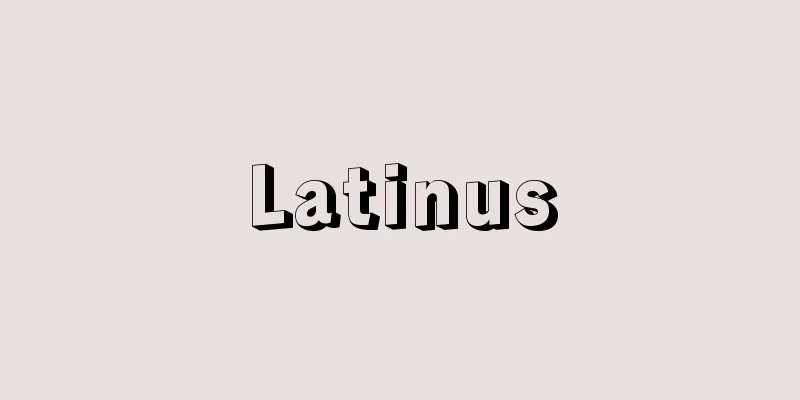Public - English

|
A concept that contrasts with a crowd. The French social psychologist G. Tarde proposed the classical definition of a public. He said that a public is a social group that is "purely mental, physically separate and only psychologically connected," and that "the formation of a public presupposes a much more advanced mental and social evolution than the formation of a crowd." Tarde's conceptualization of the public had the following characteristics: (1) The public is a group of people in indirect contact. (2) The public is a geographically diffuse and infinitely expanding group. (3) People can belong to multiple, sometimes conflicting, publics simultaneously. (4) The bond that binds a public is the similarity of their beliefs and feelings, together with their individual awareness that they share those beliefs and feelings. (5) The public acts based on its beliefs and ideas and is intelligent. (6) The public comes into being with the development of journalism. Tarde's theory of the public was largely prosaic, and it cannot be denied that his concept of the public dragged the tailbone of the crowd. The American sociologist C.W. Mills's writings stand out as vividly depicting the ideal image of the public as the bearer of public opinion in a democratic society. He pointed out the following characteristics of public society: (1) There are almost as many senders of opinions as there are receivers of opinions. (2) There is a public communication system that ensures an opportunity for prompt and effective response to any opinion publicly expressed. (3) There is an institutionalized mechanism through which opinions formed through free discussion can be turned into effective action, and where necessary, into action that challenges the dominant authoritarian order. (4) The lack of institutional authority permeates the public, and public action remains more or less autonomous. It can be said that Mills further elaborated Tarde's concept of the public by placing particular emphasis on the subjectivity, autonomy, and activity of the public. At the same time, however, it should not be overlooked that Mills contrasts the public with the mass, and asserts that the "transformation of the public into the masses" is a major trend in modern society. "The public becomes the masses, and sometimes the crowds." Whether we like it or not, modern society cannot help but face the paradox of the new crowding of the public. On the other hand, we should also pay attention to the fact that with the universal development of post-bourgeois civil society, the public is being resurrected as "citizens" and a conceptual reconstruction is being attempted. [Naoyuki Okada] "The Power Elite, volumes 1 and 2, by C.W. Mills, translated by Ukai Nobunari and Watanuki Joji (1958, University of Tokyo Press)" ▽ "The Foundations of Modern Politics: The Public and Its Problems, by John Dewey, translated by Abe Hitoshi (1969, Misuzu Shobo)" ▽ "The Age of Relativization, by Sakamoto Yoshikazu (Iwanami Shinsho)" ▽ "Who is the 'Citizen'? Rethinking Postwar Democracy, by Saeki Keishi (PHP Shinsho)" ▽ "Public Opinion and the Crowd, new edition, by Gabriel Tarde, translated by Inaba Michio (1989, Miraisha)" [References] | | | | | | |Source: Shogakukan Encyclopedia Nipponica About Encyclopedia Nipponica Information | Legend |
|
群集crowdと対比される概念。公衆の古典的定義を提示したのはフランスの社会心理学者G・タルドである。公衆とは「純粋に精神的な集合体で、肉体的には分離し心理的にだけ結合している」社会的集合体であって、「公衆の成立は、群集の成立よりもずっと進んだ精神的、社会的な進化を前提とする」と、彼は述べた。タルドの概念化した公衆の特徴は次のようなものであった。 (1)公衆は間接的接触の集団である。 (2)公衆は地域的に拡散し、無限の広がりをもつ集団である。 (3)人々は多数の、ときに相対立しあう公衆に同時に所属することができる。 (4)公衆を結び付ける紐帯(ちゅうたい)は彼らの信念と感情の類似性とともに、その信念と感情を共有しあっているという各自の自覚である。 (5)公衆は信念と思想に基づき行動し、知性的である。 (6)公衆はジャーナリズムの発達とともに成立する。 タルドの公衆論は多分に散文的であったし、その公衆概念が群集の尾骶骨(びていこつ)を引きずっていたことも否定できない。民主主義社会における世論public opinionの担い手としての公衆の理念像を鮮やかに描き出したものとして、アメリカの社会学者C・W・ミルズの論述が光っている。彼は公衆社会の特徴として、以下の点を指摘した。 (1)意見の受け手とほとんど同程度に多数の意見の送り手がいること。 (2)公的に表明されるいかなる意見に対しても、ただちに効果的に反応できる機会を保障する公的コミュニケーションが存在すること。 (3)自由な討論を通じて形成される意見を効果的な行動に、必要な場合には支配的権威秩序に対抗する行動として実現できる回路が制度的に組み込まれていること。 (4)制度化された権威が公衆に浸透しておらず、公衆としての行動に多かれ少なかれ自律性が保たれていること。 ミルズは公衆の主体性、自律性、能動性をひときわクローズアップさせた点で、タルドの公衆概念をより精緻(せいち)化したといえよう。 だが、同時に、ミルズは公衆を大衆massとの対比においてとらえ、「公衆の大衆への転化」を現代社会の主要な趨勢(すうせい)であると主張していることも見落とせない。「公衆は大衆となり、さらにときとしては群集となる」。好むと好まざるとにかかわらず、現代社会は公衆の新たなる群集化というパラドックスに直面せざるをえないのである。他方、ポストブルジョア市民社会の普遍的展開とともに、公衆は「市民」としてよみがえり、概念的再構築化が企図されつつあることにも注視すべきであろう。 [岡田直之] 『C・W・ミルズ著、鵜飼信成・綿貫譲治訳『パワー・エリート』上下(1958・東京大学出版会)』▽『ジョン・デューイ著、阿部斉訳『現代政治の基礎――公衆とその諸問題』(1969・みすず書房)』▽『坂本義和著『相対化の時代』(岩波新書)』▽『佐伯啓思『「市民」とは誰か――戦後民主主義を問いなおす』(PHP新書)』▽『ガブリエル・タルド著、稲葉三千男訳『世論と群集』新装版(1989・未来社)』 [参照項目] | | | | | | |出典 小学館 日本大百科全書(ニッポニカ)日本大百科全書(ニッポニカ)について 情報 | 凡例 |
Recommend
Sacrificial anode
…However, its true nature is that it is a metal w...
Tax collection contract - Chozeiukeoi
A method of tax collection in which the state entr...
Karelian Isthmus (English spelling) Karel'skiy Peresheek
An isthmus in the western part of the Russian Fed...
Earwig - Earwig
A species of insect in the family Dermaptera, or a...
Vietnamese - Viet Nam Go
The language of the Vietnamese people who live on...
Quṭb Shāhī (English spelling) Qutb Shahi
…The five kingdoms that first gained independence...
Window dressing - window dressing
An accounting practice in which profits are overs...
Usa Daiguji - Usa Daiguji
...The first shrine is Usa Jingu (Usa Hachiman Sh...
Heronius (English spelling) swamp pink
A perennial plant of the lily family native to eas...
Phasianus colchicus (English spelling)
...General term for birds of the Phasianidae fami...
University of Karawiyin
...Many tourists visit the old city, where fascin...
Strange point
〘 noun 〙 In a mathematical problem that requires d...
Aya Katajia
… The changes in the production system and the ri...
Weissenbruch, HJ - Weissenbruch
…In the mid-19th century, when realist painting w...
Koto(Koto) - Koto
"Koto" is a distinctively Japanese conce...




![Iznik [Lake] - Izuku](/upload/images/67cf5e5e09ca9.webp)




